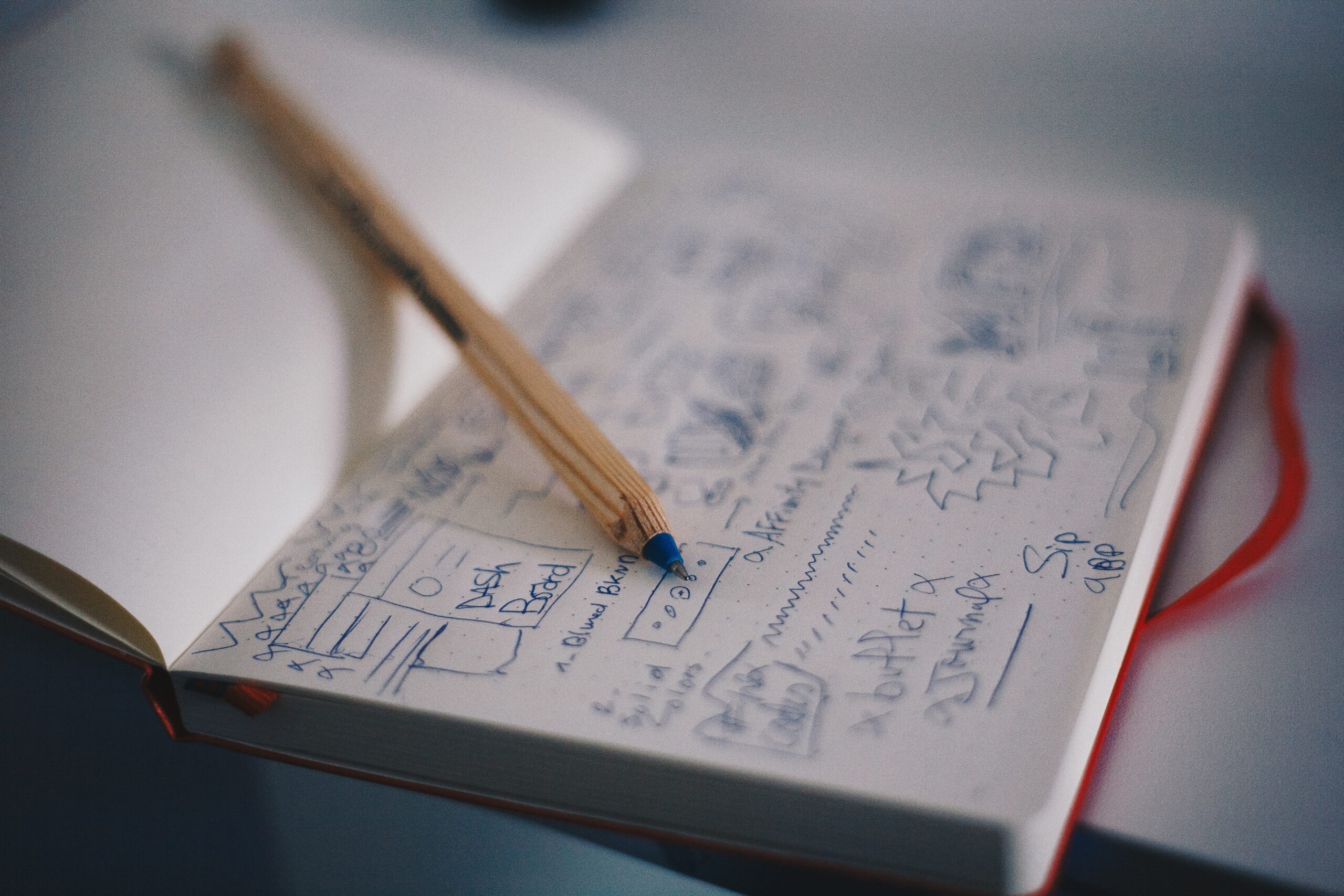Understanding the Importance of Design
Design is an integral part of our everyday lives, whether we realize it or not. From the clothes we wear to the furniture in our homes, design plays a crucial role in shaping our experiences and perceptions.
But what exactly is design? Design can be defined as the process of creating something with a specific purpose or intention in mind. It involves a combination of creativity, problem-solving, and aesthetics to produce a solution that is both functional and visually appealing.
Design is not limited to just physical objects. It extends to digital interfaces, user experiences, and even the way information is presented. Good design is intuitive, user-friendly, and enhances the overall experience.
One of the key aspects of design is its ability to communicate. Design has the power to convey messages, evoke emotions, and influence behavior. Whether it’s through the use of colors, shapes, or typography, design has the ability to tell a story and create a connection with the audience.
Furthermore, design is not just about aesthetics. It also has a significant impact on functionality and usability. A well-designed product or service takes into consideration the needs and preferences of the users, making it easier and more enjoyable to use.
In today’s competitive market, design can be a differentiating factor for businesses. It helps to create a strong brand identity, build trust with customers, and stand out from the competition.
In conclusion, design is a powerful tool that shapes our world and influences our experiences. It combines creativity, problem-solving, and aesthetics to create solutions that are both functional and visually appealing. Whether it’s in the physical or digital realm, design has the ability to communicate, evoke emotions, and enhance the overall user experience. Understanding the importance of design is essential for businesses and individuals alike, as it can be a key driver of success in today’s visually-driven world.


